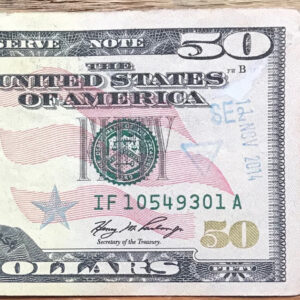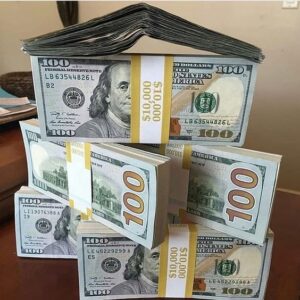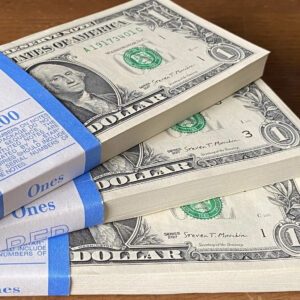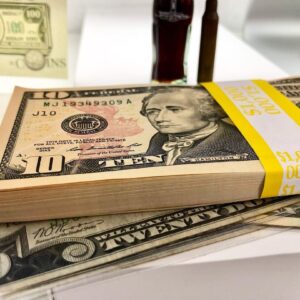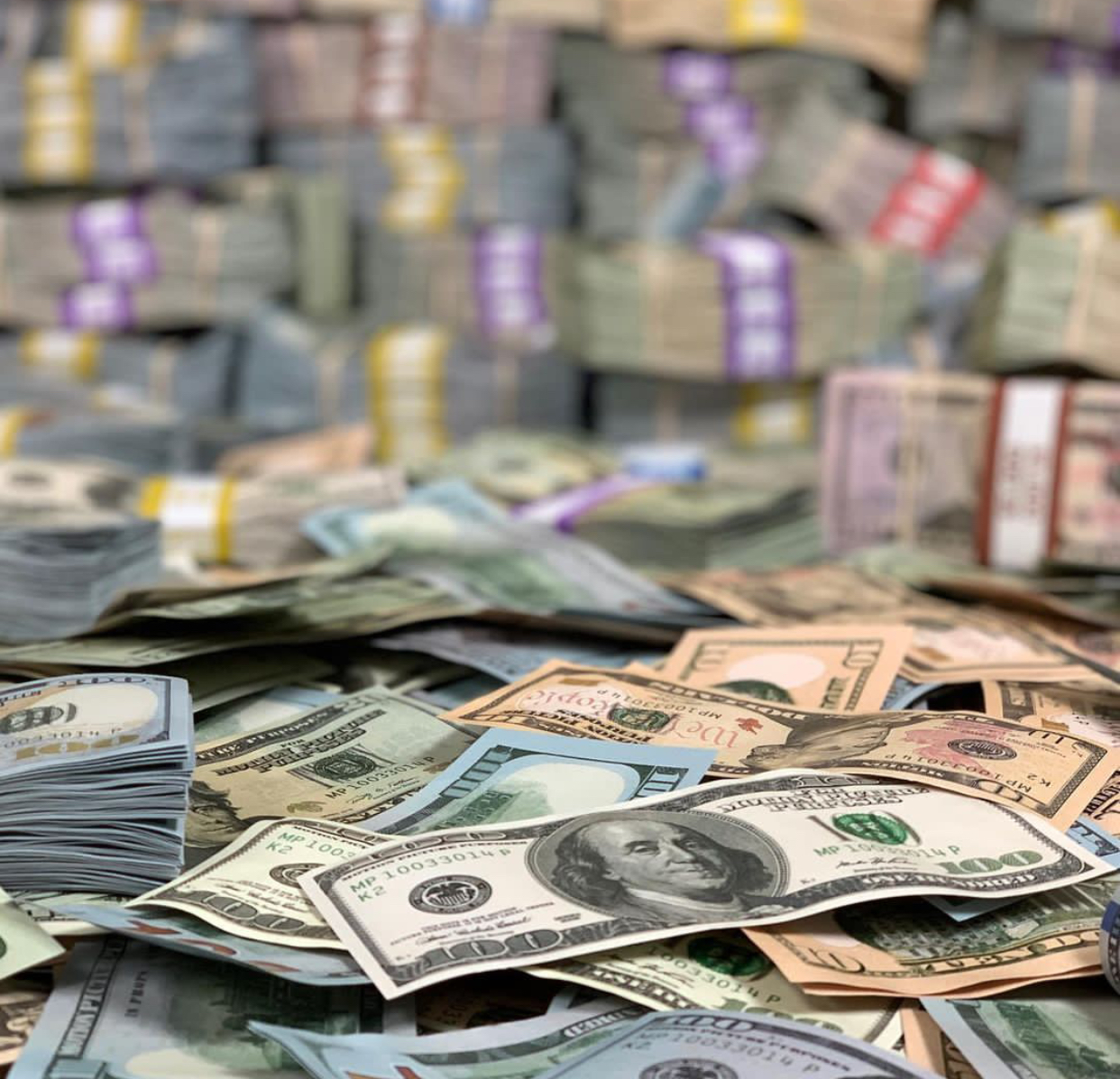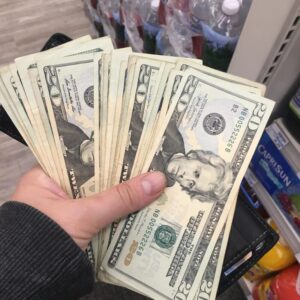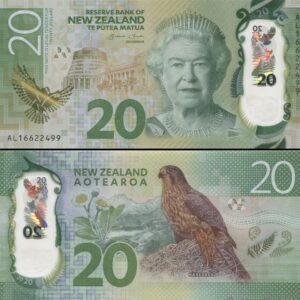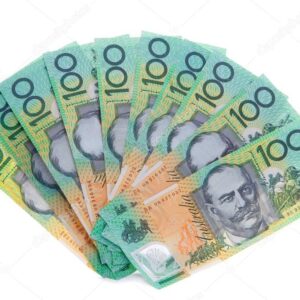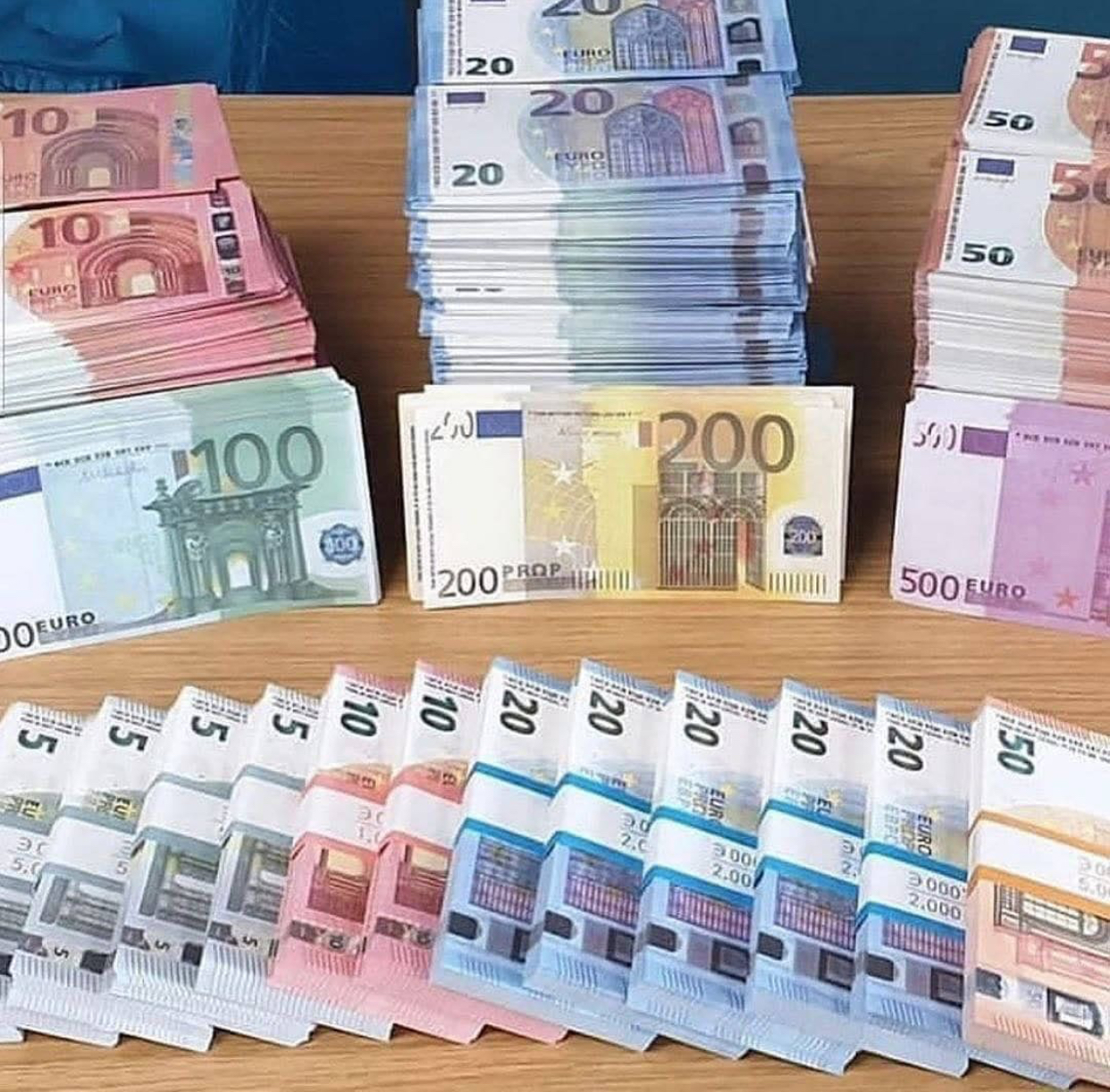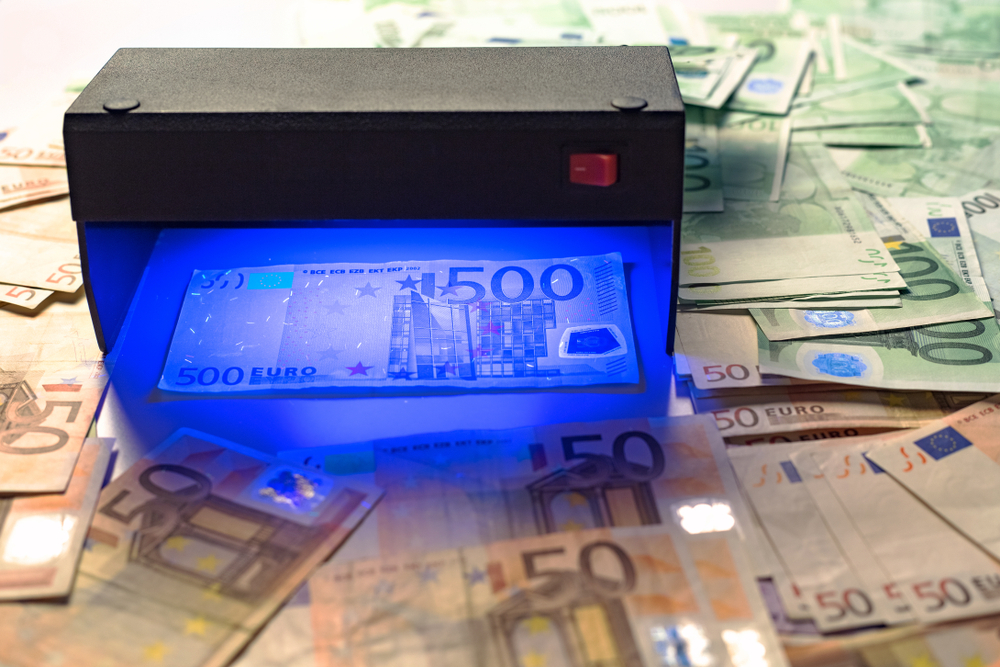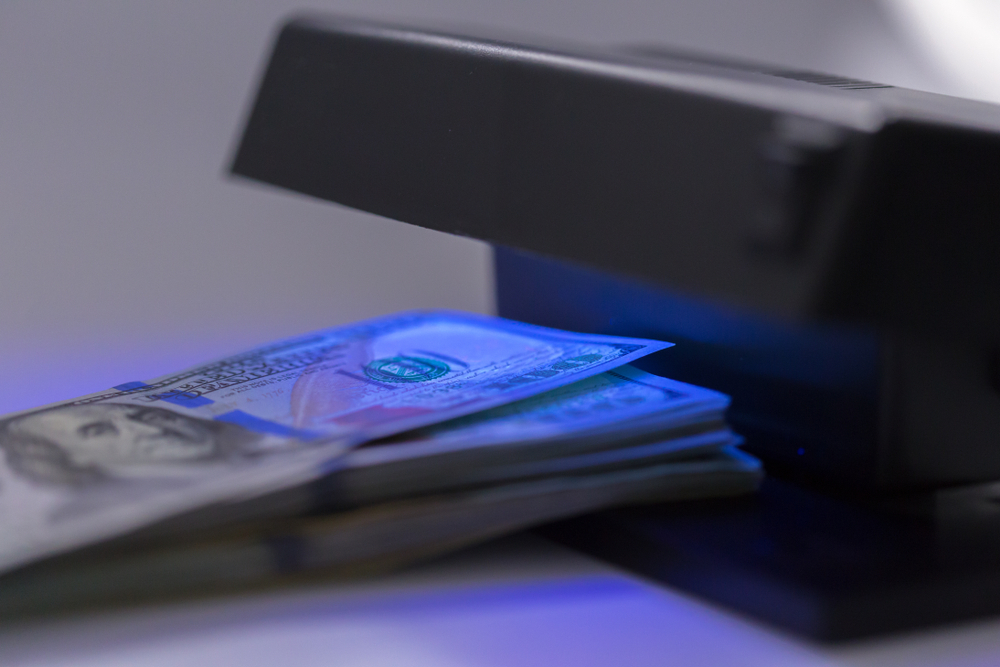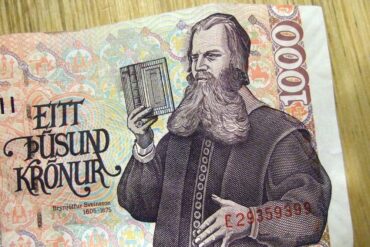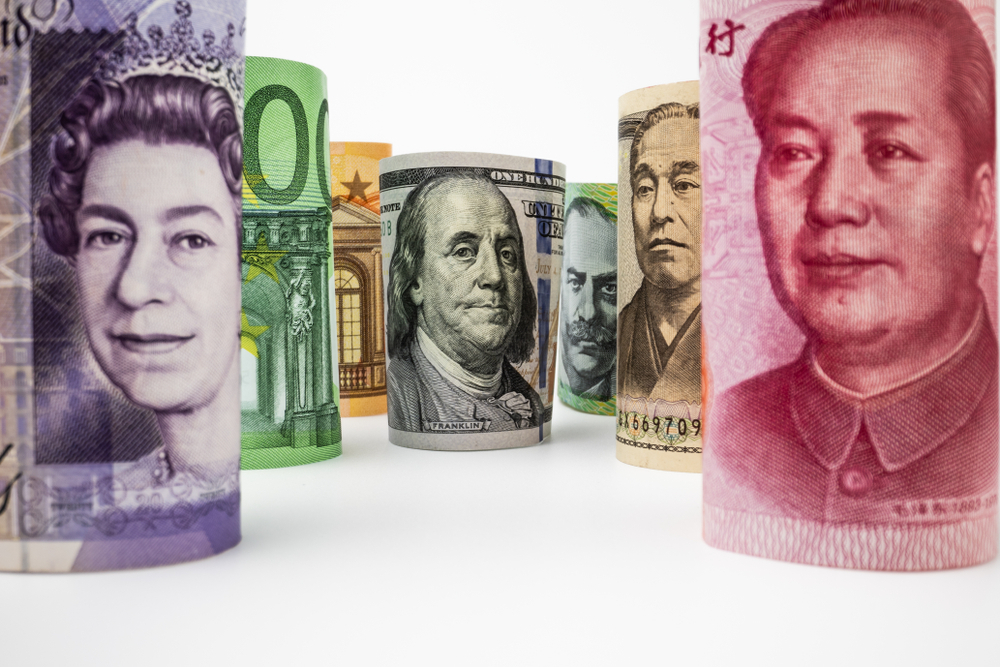
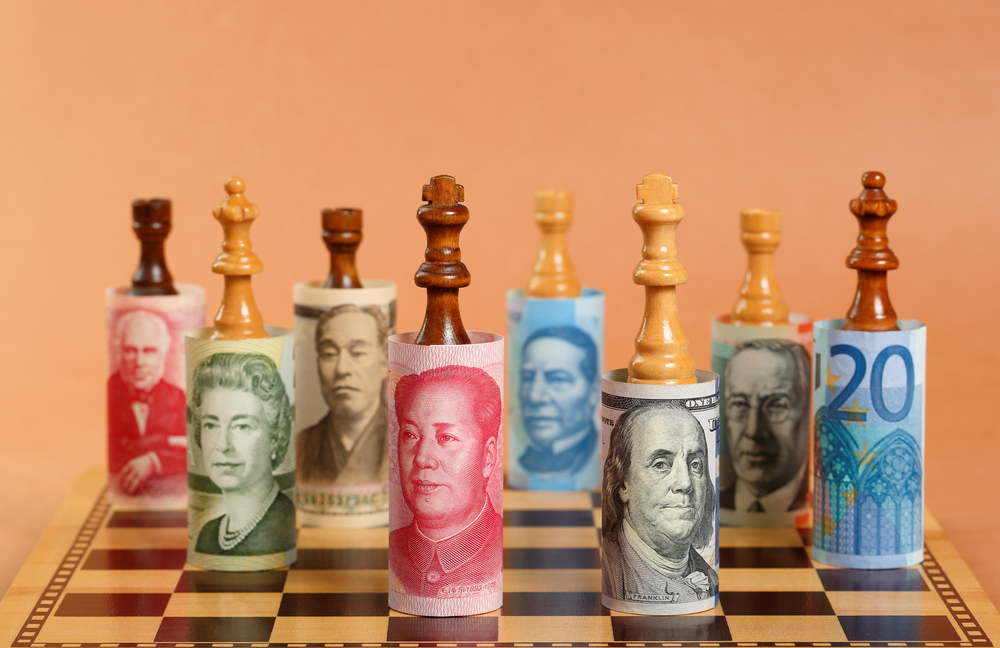
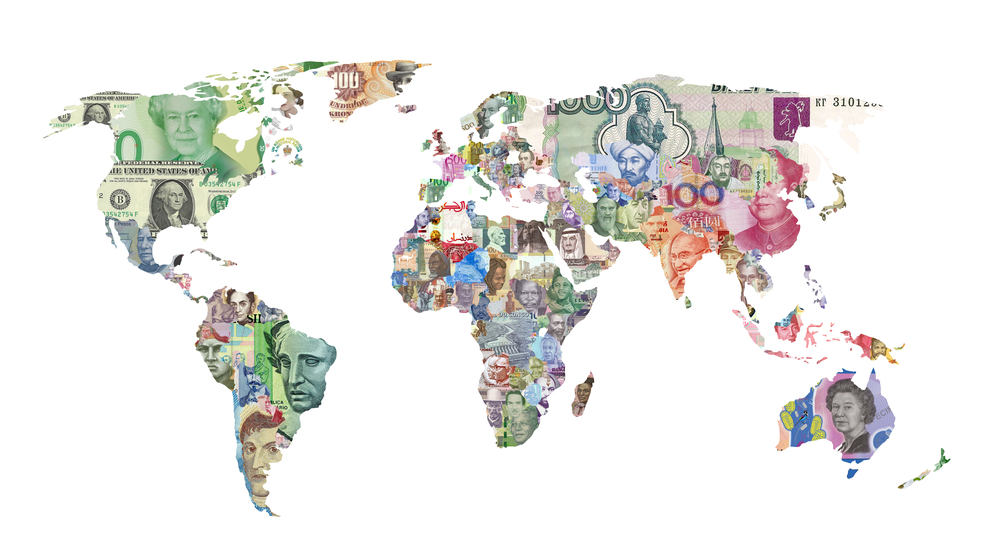
Prop Money: Open Guide to Fake Money for Film, TV, and More
Prop money plays a crucial role in creating realistic scenes and captivating audiences. Whether you’re a seasoned filmmaker or a budding magician, having access to high-quality fake money is essential for your productions. In this comprehensive guide, we’ll delve into the world of prop money, exploring its various uses, types, and where to find the most realistic options available.
What is Prop Money?
It is a fake currency specifically designed for use in films, television shows, magic tricks, and other forms of entertainment. It’s typically made from high-quality paper that closely resembles real currency, often featuring realistic printing, embossing, and other security features.
Benefits of Realistic Prop Money
-
Enhanced Realism: Fake money elevates the authenticity of your productions, making scenes more believable and captivating for your audience.
-
Visual Appeal: High-quality fake money, with its intricate designs and realistic textures, enhances the visual appeal of your scenes, adding a touch of professionalism and polish.
-
Versatility: It transcends the limitations of real cash, seamlessly adapting to a wide range of settings, from movie sets and magic tricks to training simulations and educational activities.
-
Cost-Effectiveness: Compared to the risks and expenses associated with handling real cash, fake money offers a cost-effective solution for large-scale productions and frequent usage.
-
Safety: fake money Eliminates the potential for theft, loss, or misplacement, ensuring the security of your production or training environment.
How to Use Fake Money
- Do not use in any way that could be construed as illegal. This includes using realistic prop money to purchase goods or services, or to try to pass it off as real currency.
- Be aware of the laws in your area regarding the use of movie prop money. In some jurisdictions, it is illegal to possess large quantities of prop money without a permit.
- Use responsibly. Do not use fake money to scam others.
Prop Money For Sale And Tips For Using It
Here are a few tips for using fake money effectively:
- Use prop money that is appropriate for the setting. For example, if you are filming a period piece, you will need to use prop money that is from the same time period.
- Use prop money that is in good condition. Worn or damaged fake money will not look realistic and will take away from the overall production.
- Use sparingly. Too much fake money can make a scene look unrealistic.
OUR PRODUCTSRecently added our shop
NEWS FORM BLOG
The World of Prop Money
The world of cinema is a realm of illusion, where filmmakers weave captivating stories that transport audiences to new and mesmerizing dimensions. Among the many ...
Iceland – Police Warn Of Counterfeit Bills In Circulation
Capital area police have issued a statement saying they have received numerous reports of counterfeit 5,000 ISK and 10,000 ISK notes and some euros being circulated. Investigations ...
Massillon police seize suspected counterfeit money and drugs
MASSILLON Police arrested an East Sparta-area woman wanted on multiple warrants when they pulled over the car in which she was riding and reported finding drugs ...
FREE SHIPPING
Free shipping on all Local Area order above $300
SUPPORT 24/7
Our Support Team Ready to 7 days a week
45 DAYS RETURN
Product any fault within 45 days for an exchange.
PAYMENT SECURE
We ensure 100% secure payment

